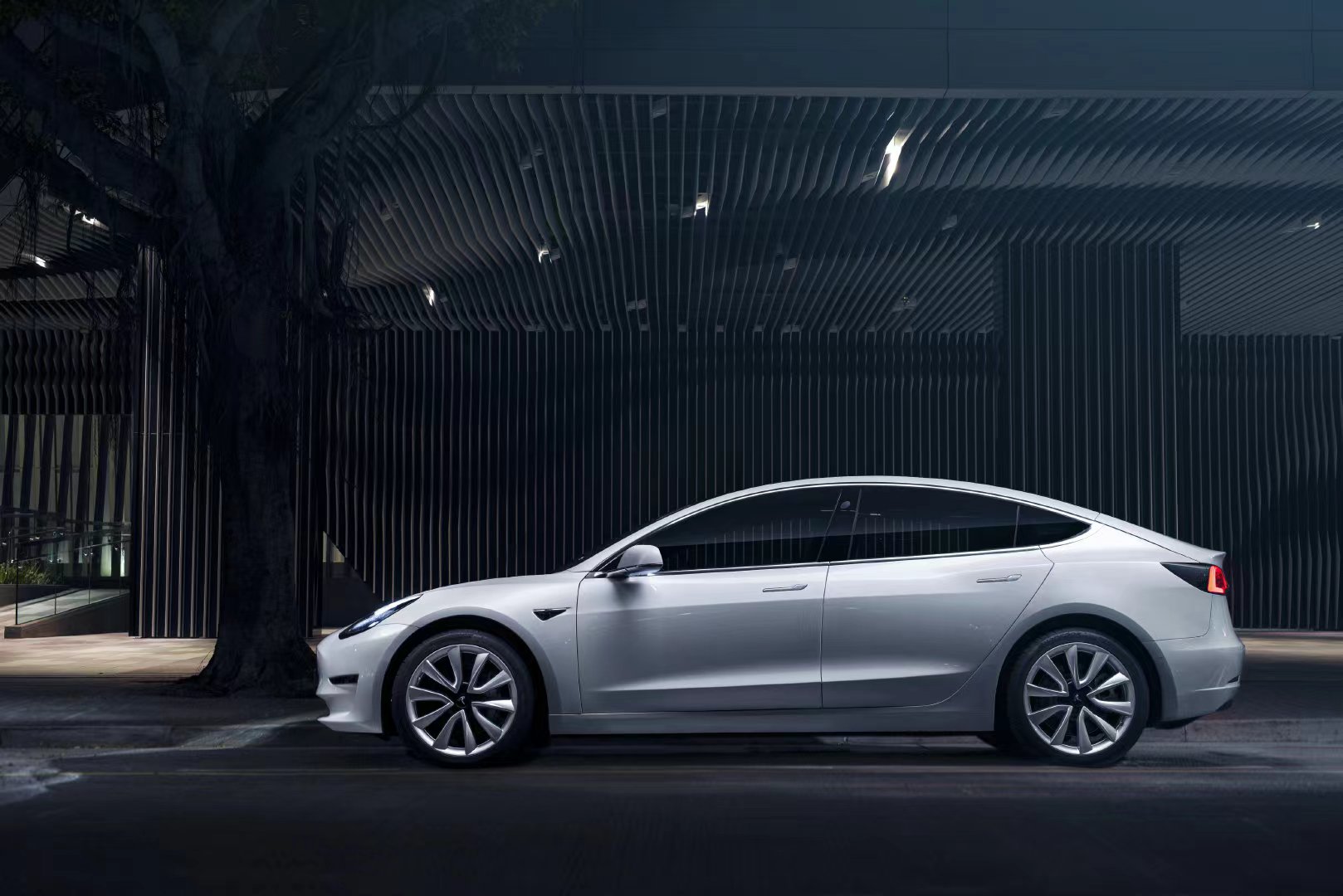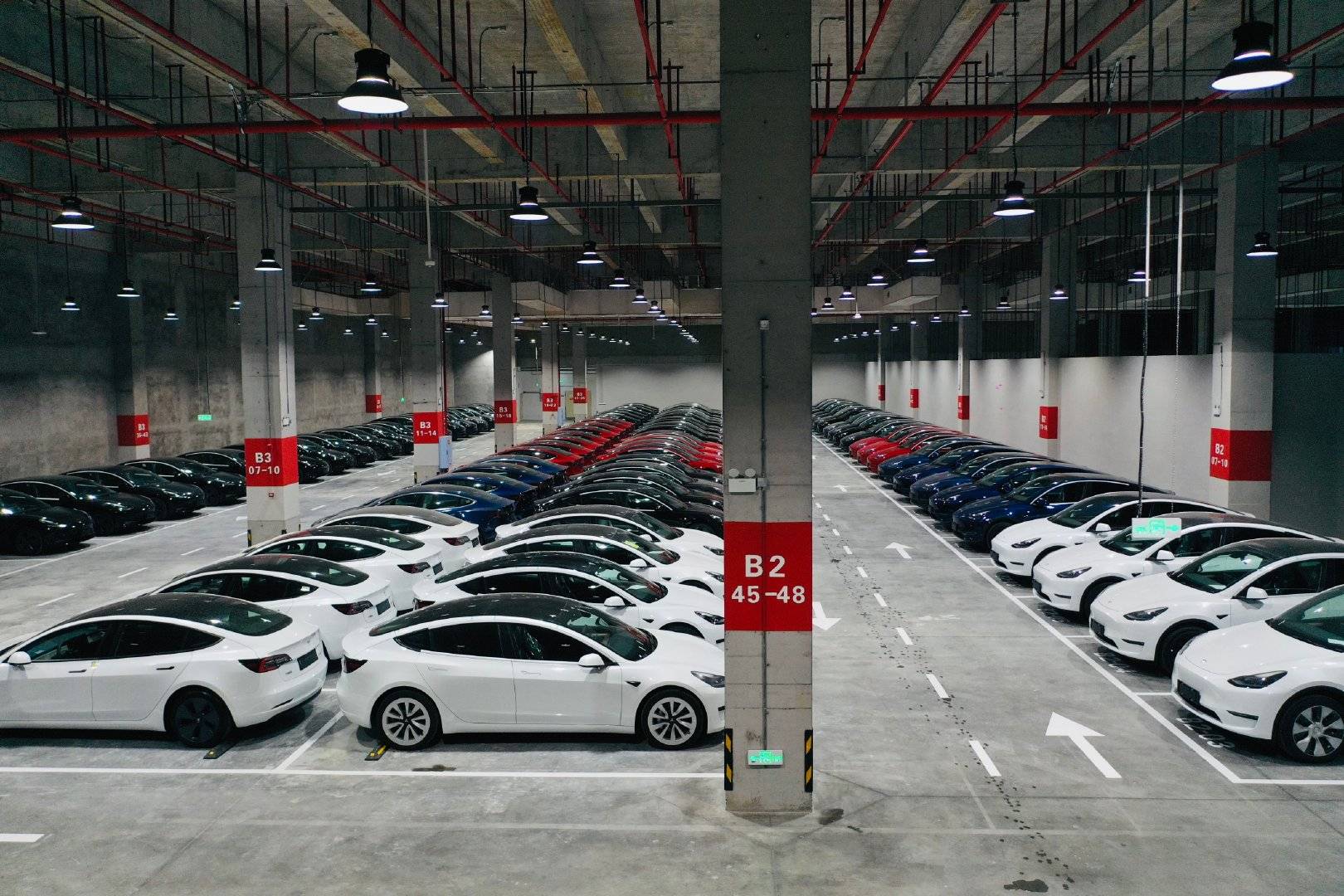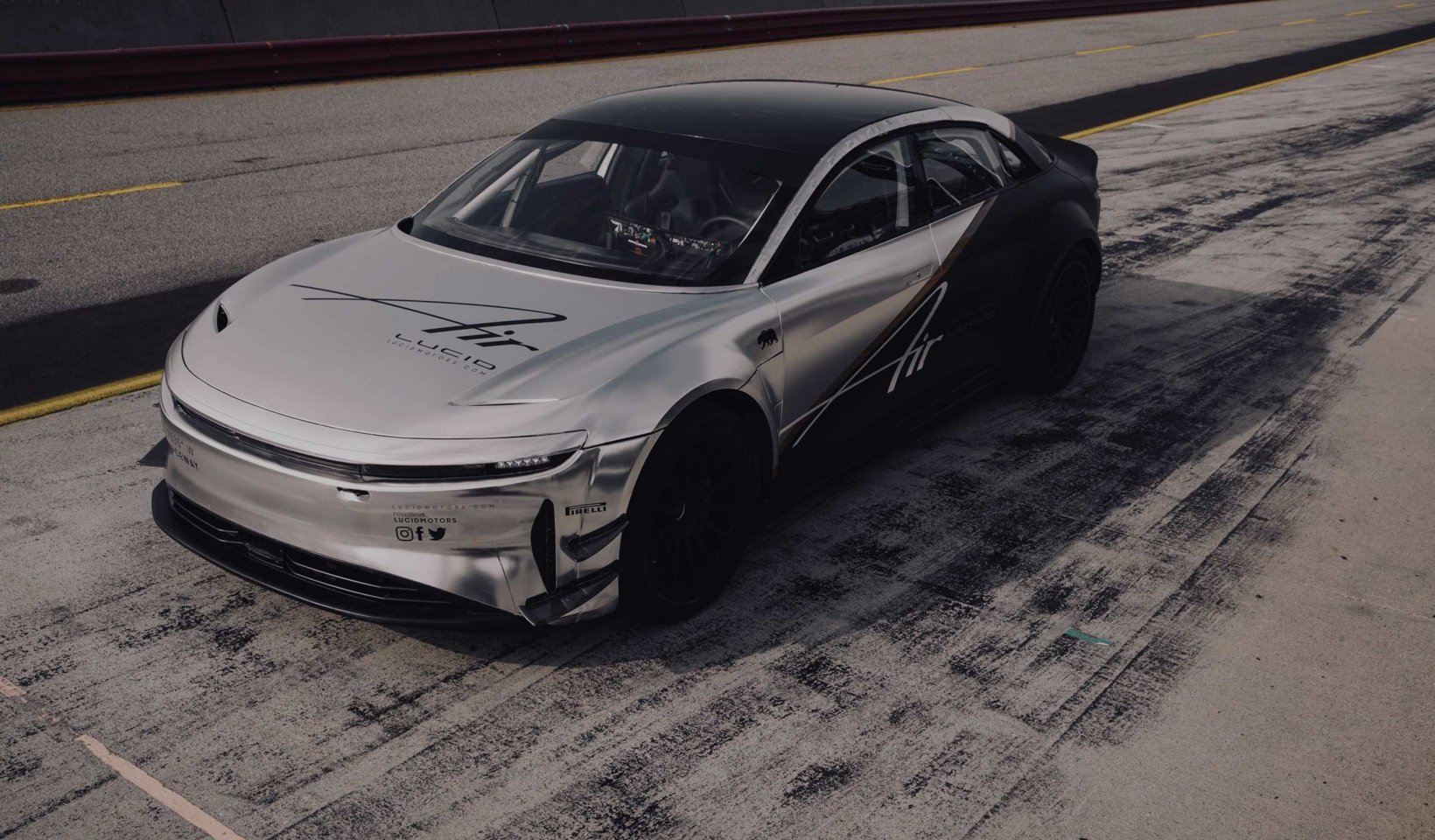Tesla continue de stimuler la croissance du marché américain des voitures électriques au 1er semestre 2023
Dans un U.S. dynamique. Le paysage du marché se caractérise par une reprise de l’approvisionnement en puces et une reprise de la production de véhicules à essence, Véhicules électriques (VÉHICULES ÉLECTRIQUES) constatent un ralentissement temporaire de leur rythme de surperformance des autres types de véhicules.

(Image: Modèle Tesla 3)
Examining the US EV market in the initial half of the year, a perceptible moderation in market share expansion is evident. Experian’s recent release of U.S. EV registration data reveals that January saw 87,708 electric vehicle registrations, accounting for a 7.1% market share—a figure consistent with the overall market share. Comparativement, EVs constituted 5.6% et 3.1% of the U.S. new car market in 2022 et 2021, respectivement.
Intriguingly, data underscores Tesla‘s commanding influence within the U.S. Marché des véhicules électriques. During H1 2023, Tesla registered 329,608 vehicles in the United States, reflecting a robust year-on-year growth of 44%. This impressive performance enabled Tesla to maintain a 60.3% part de marché, effectively spearheading the growth trajectory of the U.S. Marché des véhicules électriques. Sequentially, Tesla’s U.S. registrations surged from 155,360 to 174,248—a noteworthy 12% quarter-on-quarter increase.
Tesla’s Modèle Y et Modèle 3 have solidified the brand’s foothold, with these two models collectively occupying the top slots in U.S. EV registrations. An upsurge in Model Y registrations, nearly doubling from H1 2022, et un 12% increase in Model 3 registrations, further cement Tesla’s dominance.

(Image: Tesla Garage)
While EVs have historically fueled growth in the U.S. new car market, it’s evident that the pace of expansion has stabilized in H1 2023 after consistent growth in 2021 et 2022. Observers suggest this moderation signals a shift towards targeting a broader consumer demographic, necessitating strategies that address existing vehicle pricing and charging infrastructure limitations.
Jessica Caldwell, Executive Director of Insight at Edmunds, notes that while initial consumer enthusiasm has been substantial, broadening EV adoption requires addressing price barriers and infrastructure gaps that deter mainstream consumers.
Regard vers l’avenir, États-Unis. EV market faces challenges stemming from increased EV inventory and rising sales incentives, potentially pressuring manufacturers. États-Unis. EV inventories exceed market averages, with a 103-day supply according to Cox Automotive. Sales incentives for EVs average around $4,000—double the amount offered for gasoline vehicles.
Industry analysts suggest that with increasing competition, automakers are faced with excess EV inventory due to insufficient demand. Karl Brauer, Executive Analyst at iSeeCars, highlights that even with price cuts and lucrative incentives, the average consumer remains hesitant to purchase electric cars, challenging the narrative of rapid growth.
Amid these challenges, Tesla—the market leader—is not immune to market pressures. Despite price reductions and incentives, Tesla’s once-vigorous growth has steadied. Tesla CEO Elon Musk’s commitment to price reductions reflects the company’s strategy to achieve its ambitious 2023 Objectif de vente de 1.8 millions de véhicules.

(Image: Lucid)
Cox Automotive identifies a silver lining: the average transaction price of U.S. EVs has dropped from $61,000 en janvier, attributed partly to Tesla’s pricing adjustments. Néanmoins, in the short term, electric cars remain pricier than gasoline counterparts, deterring some buyers.
To overcome these hurdles, expansion of budget-friendly EV options is crucial. Despite anticipated moderations in the pace of EV sales, the industry’s trajectory remains a tale of transformation, driven by evolving consumer preferences and a commitment to sustainable mobility.

 Auto en Chine
Auto en Chine